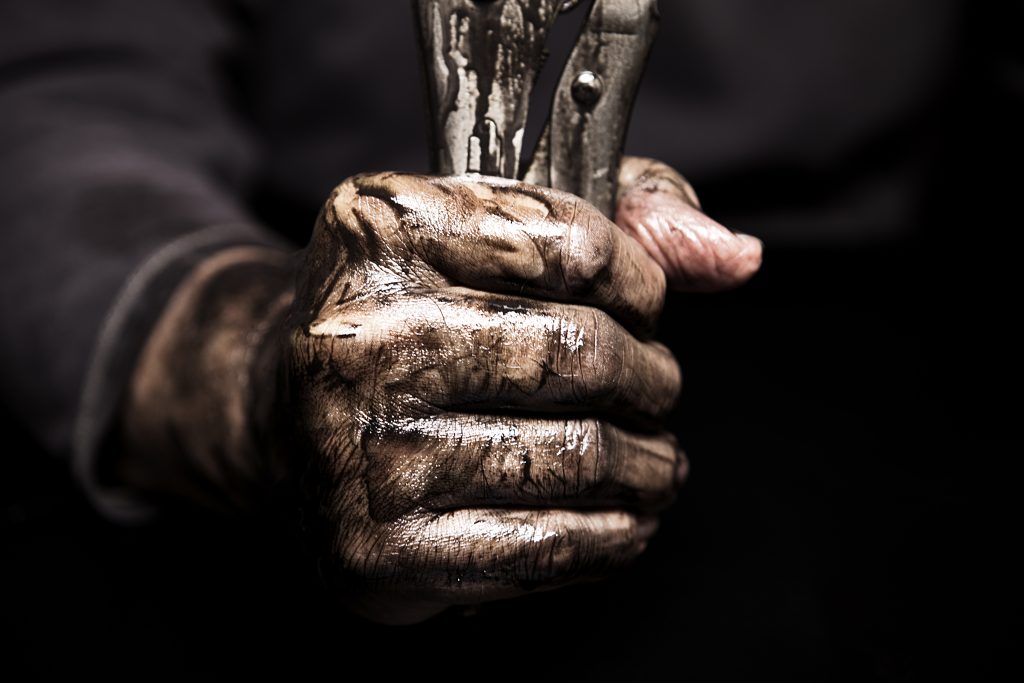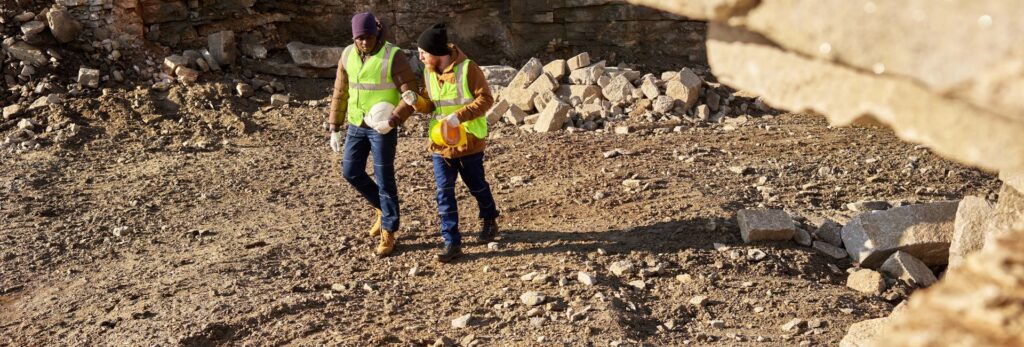Precise, delicate and exacting, drilling is a little-known art. The men and women who practice it work either in underground mines or on the Earth’s surface. Their goals? To take soil samples for analysis and to construct wells, tunnels and underground passages. The task may sound pretty simple, but master drillers have to be accurate, to follow safety instructions to the letter, to work long shifts and to know how to operate drills of all sizes. So it isn’t enough to just drill a hole, as some people may imagine. In reality, drillers have to master their machines and drilling techniques, as well as adapt to geological and weather conditions.
Living as they do in remote areas for weeks at a time, drillers have to get used to being away from home. After all, mining exploration rarely happens in major centers. Flies, heat and cold are other major problems, but drillers sometimes benefit from magnificent scenery and the chance to discover new destinations.
The difference between the lives of drillers in Canada and drillers in South America

Canadians working abroad have noticed major nuances in the lives of drillers depending on their location. The basic knowledge is the same, but there are differences, mostly due to differing geological formations and climates. South America is one of the more fascinating examples.
Geological formations: an important detail
Geological formations are definitely what make the biggest difference in the experiences of South American and Canadian workers. In South America, most mining properties are in the mountains, inside rocky formations. Geological formations may be much harder to work than those in Canada, and techniques have to be adjusted.
Laws on mining exploration
Major mining corporations are traded on the stock exchange, so they are demonstrably becoming more aware of working conditions and environmental protection. Although regulations differ slightly among countries, mining companies are subject to their own social and environmental commitments. This means that a company that is exploiting resources in a country with a more modern take on things will tend to apply the same regulations all over the world.
Altitude
Altitude is the source of another major difference in conditions for Canadian and South American drillers. Not everyone is physically capable of working at an altitude of 4,000 or 5,000 metres. It’s extremely hard on the human body. Excellent physical health and endurance are required to work in a country like Peru, where workers have to undergo a physical exam specific to working at high altitudes.
Travel time
In South America, workers spend a lot more time travelling when they work at high altitudes. In order to protect their health they don’t sleep in the mountains, so they may spend two to four hours a day travelling from the foot of the mountain to the mine and back again.
Production and climate
The rate of production per shift is markedly different between the two places. While you can easily drill 40 or 50 metres in a shift in North America, you can only drill the half of it in countries like Peru because of the altitude, the climate and the geological formation.
Interested in working as a driller? Consult our blog article about the five greatest challenges facing drillers.
